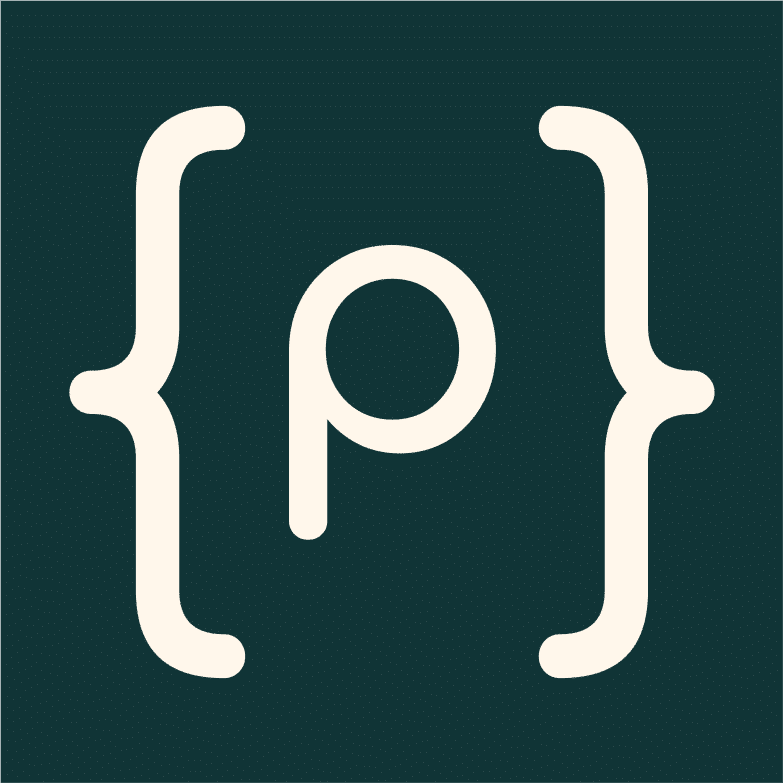Introduced by Google in May 2020, Core Web Vitals have become essential user-centric metrics for improving web experience. These three key aspects, Largest Contentful Paint (LCP), First Contentful Paint (FCP), and Cumulative Layout Shift (CLS), play a significant role in determining a website’s performance and user satisfaction[1].
Largest Contentful Paint (LCP) measures how quickly the largest content element becomes visible to the user, indicating the loading speed of a webpage. First Contentful Paint (FCP) measures the time it takes for the first content element to appear, indicating the interactivity of the webpage. Cumulative Layout Shift (CLS) measures the visual stability of the webpage by quantifying unexpected layout shifts during loading. Websites that pass Core Web Vitals by meeting Google’s performance thresholds enjoy several benefits, including improved search rankings, increased user engagement, higher conversion rates, and enhanced revenue generation.
Core Web Vitals are an integral part of Google’s page experience signals, and optimizing these metrics is crucial for website owners. Various monitoring tools like PageSpeed Insights, Chrome User Experience Report, and Chrome DevTools help measure and analyze these metrics, providing valuable insights into the performance of a website[2].
To optimize Core Web Vitals, website owners and developers can employ various strategies. For instance, to reduce Cumulative Layout Shift (CLS), it is essential to avoid inserting content above existing elements, add width and height attributes to images and videos, reserve space for ads and dynamic content, and optimize font delivery. Prioritizing performance-related tasks, optimizing load times, analyzing CSS and third-party scripts, and identifying and optimizing the largest content elements are also effective ways to enhance Core Web Vitals.
In the WordPress ecosystem, Core Web Vitals optimization is a priority, and continuous efforts are made to improve the platform’s performance in this aspect. As Google evolves its metrics, website owners and developers should be aware of changes like the shift from First Input Delay (FID) to Interaction to Next Paint (INP) and adapt their optimization strategies accordingly.
As we look to the future of Core Web Vitals, it’s important to recognize that SEO maintenance will require ongoing focus. Google is continually evolving its algorithms and ranking factors to improve user experience and promote high-performing websites. With the introduction of Core Web Vitals in mid-2021, site owners have been given valuable metrics to measure and optimize their page loading speed, responsiveness, and visual stability. However, it’s essential to remain vigilant as Google may introduce updates or adjustments to these metrics over time. Staying proactive and staying up-to-date with the latest SEO trends and best practices will be key to maintaining a competitive edge in search rankings and providing visitors with a seamless web experience.
At Petrin Development Services, we are committed to keeping our readers informed about the latest trends in Tech SEO, including updates related to Core Web Vitals and other critical ranking factors. As the digital landscape continues to evolve, our team of experts will provide valuable insights and actionable tips to help you navigate the ever-changing SEO landscape successfully. By staying tuned to our blog, you can equip yourself with the knowledge and strategies needed to optimize your website for optimal performance and user experience, ensuring that you remain ahead of the curve in the highly competitive online space.
In conclusion, Core Web Vitals have become essential for website owners to provide an excellent user experience and improve their search rankings. By optimizing loading speed, interactivity, and visual stability, website owners can significantly enhance their website’s overall performance and user satisfaction. Tools like NitroPack offer a comprehensive and automated solution for Core Web Vitals optimization, combining various techniques to achieve lightning-fast web performance[3]. As web technologies continue to evolve, staying updated on the latest optimization strategies and best practices will be crucial for maintaining a competitive edge in the digital landscape.


